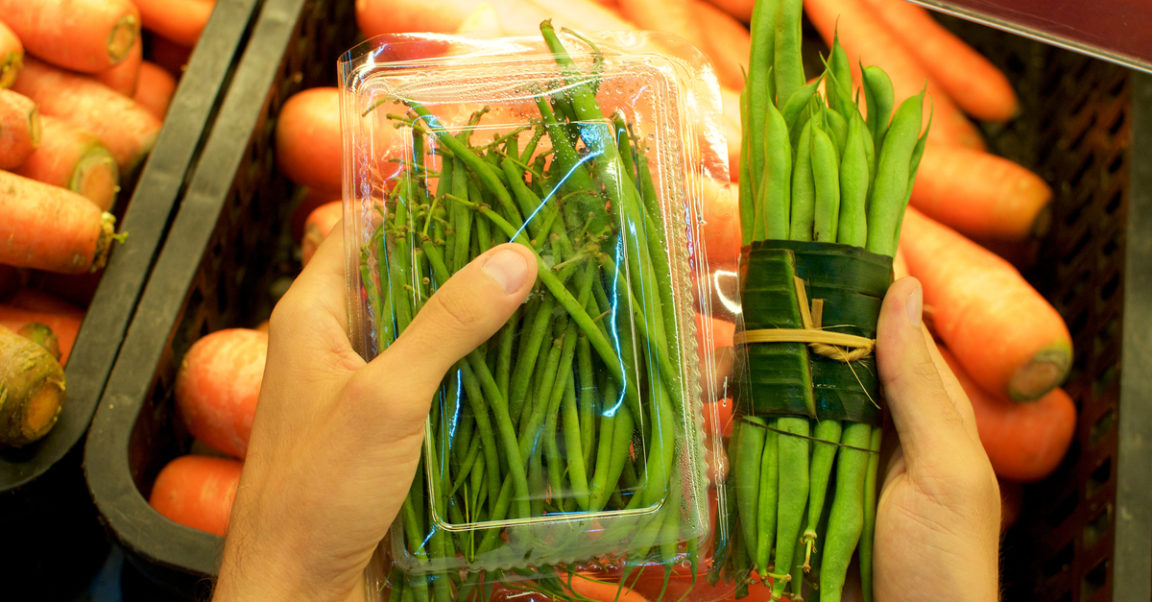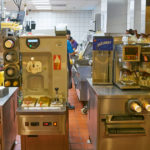Plastic, fossil fuels, and carbon footprints have been a system in society for decades. It is predominantly used for almost all retail and wholesale products, including packaging and beverage containers, and deemed durable for packaging purposes nowadays. However, with the effects of plastic waste on how it impacts badly to the environment, almost all, if not many, have switched and are currently transitioning into a waste-less system to reduce the consumption and lessen the usage of non-biodegradable produce.
Since the inevitability of polluting the environment even amidst waste management, a lot of environmental activists have voiced their support to reduce, reuse, and recycle. Consequently, brands and retail stores have listened to these cries, and later or have been adapting the 3 R’s to pack their products. In the United States, it has also been found that there is a correlation between sellers and consumers about the issue, where 37% of U.S consumers prioritise sustainability when it comes to buying decisions. More so, people are as well-drawn to paying even more when there is a sustainability claim for a certain product.
Yet, recycled materials have been relevant to business for decades already. Not yet figuring out how compound material packaging was, recycling was a way to be able to have a low-cost strategy when they could not afford better packaging (as other non-bio waste products were very much expensive back in the day). Still, when the dawn of environmental pollution arose, the tables turned when recycling was a way to prevent such circumstances, and people preferred sustainable options too.
Hence, material and packaging science has moved at an incredibly faster speed, with the means to improve packaging and move into an eco-friendly alternative for a wide range of products. From bottles to wrappers, it has come to a sense that this kind of transition is not only good to reduce unfavourable effects for the environment, but also to warp around customers who want to have an eco-friendly choice for the products they will avail. When technology and the need for environmental help have been widely discussed in societies, even more, sustainable packaging just got reasonably relevant for suppliers and companies in recent decades; it has become a necessity, rather than a choice.
But, what is sustainable packaging and how can we have a sustainable packaging design?
Sustainable Packaging
In layman’s terms, sustainable packaging is a way to be environmentally friendly. It also entails having packaging that requires raw and recycled materials, paltry processes to reduce carbon emissions, and made from reusable materials that can be recycled for other purposes. This is a way to lessen environmental footprints, enabling them to biodegrade fast, so waste could be reduced in the shortest period possible.
It may be easy to say that sustainable packaging solely means using natural products for the goods. Even so, it must still address environmental factors like deforestation. Put it like this: if everyone always uses plant-based products for packaging, there would be a greater chance that more trees are cut just to pack large amounts of individual goods. Nonetheless, it is still necessary for these packaging to be reused, so there is less need for plant-based products to be expended.
On another note, sustainable packaging should also have minor production processes to curtail carbon emissions. Let’s just say that machines require higher carbon and fuels for them to function; creating sustainable packaging at a higher speed with lesser machines involved can do the trick, as carbon would also be mitigated when the process is efficient.
Furthermore, it also has its economic factors. Thus, sustainability when it comes to packaging should be priced accordingly and competitively with traditional oil-based and single-use packaging, so it can compete with the market that is typically more inclined to having cheap yet unethical waste that imposes negative impacts on the environment.
While the definition may be too perplexed with all the varying aspects, it’s always safe to say that sustainable packaging connotes eco-friendly materials with the concern to lessen the use of fuels and carbon when the production process is at hand. If still baffled, the Sustainable Packaging Coalition has underlying regulations to make sure the transition to better substitutes for packaging is done correctly.
Sustainable Packaging Designs
Sustainable packaging designs ensure that packing for products is made from mostly recycled materials, with the main idea that it does as little to no harm to the environment as possible. Of course, as businesses may want to have 100% of the materials reused, it is still not entirely feasible to do so. Quite enough, companies can also achieve this by reshaping and reinventing raw materials and designing them to be of another purpose than just leaving them be to waste.
The designs need to adhere to a lot of research to guarantee its durability, design, and engineering, concerning its sustainability as well. Likewise, a sustainable packaging design should also mean lesser raw materials needed, rather than just making them with eco-friendly materials alone.
An example of this would be with Stripe & Stare. They are a fast-fashion brand that sells daily essentials like clothes and underwear. Stripe & Stare has transitioned greatly towards an impactful sustainable packaging design for their clients; instead of having big boxes and stuffing them with fillers, they have designed a box that’s so thin for orders with 1 or 2 products only. As a result, they disregarded buying void fillers, and also reduced the raw materials needed just to pack the goods. What’s more, is that they took a good leap for their products as well. As manufacturing clothes emit CO2 fast, they came to a point where their products are made from natural fabrics, with 95% less water than cotton, but three times softer than a commercial cloth —- therefore an entirely compostable design for the consumers.
Consequently, H&M, a worldwide clothing giant, devised their packaging for other purposes. Instead of the typical bag with a thin paper handle, they have designed a paper bag that turns into a clothes hanger for consumers to reuse after purchase. The paper bag is 80% recycled, intending to let consumers reuse them conveniently, in connection to what they would do once the product is out of the store. H&M clearly knows that their target market is those people aged between 18 and 35, who usually care about the environment and fancy brands with eco and reusable packaging solutions.
Apart from this, food can also be packed with eco-friendly materials. Take for instance Snact Fruit Bars. You may be thinking it’s made from plastic, but actually, it’s not. The packaging is made from banana peel, which is usually thrown away when you don’t like making a banana cake out of it. Though it might look like plastic, you may throw the single-use packaging on your backyard and you’ll be amazed how it can decompose after some days. Fruit bars with fruit packaging? Totally ingenious!
Sustainable packaging design is a relevant thing nowadays. Aside from its biodegradable components, it always ensures that there is less fossil fuel and carbon emissions, alongside using raw and natural materials to decrease the probability of pollution to our environment. Businesses should always come up with a plan to avoid wasteful consumption and eliminate packaging manpower and costs as well. With the innovations of sustainable packaging nowadays, it’s always necessary for us to work hand in hand to achieve sustainability and reusability in all the things that we use.





